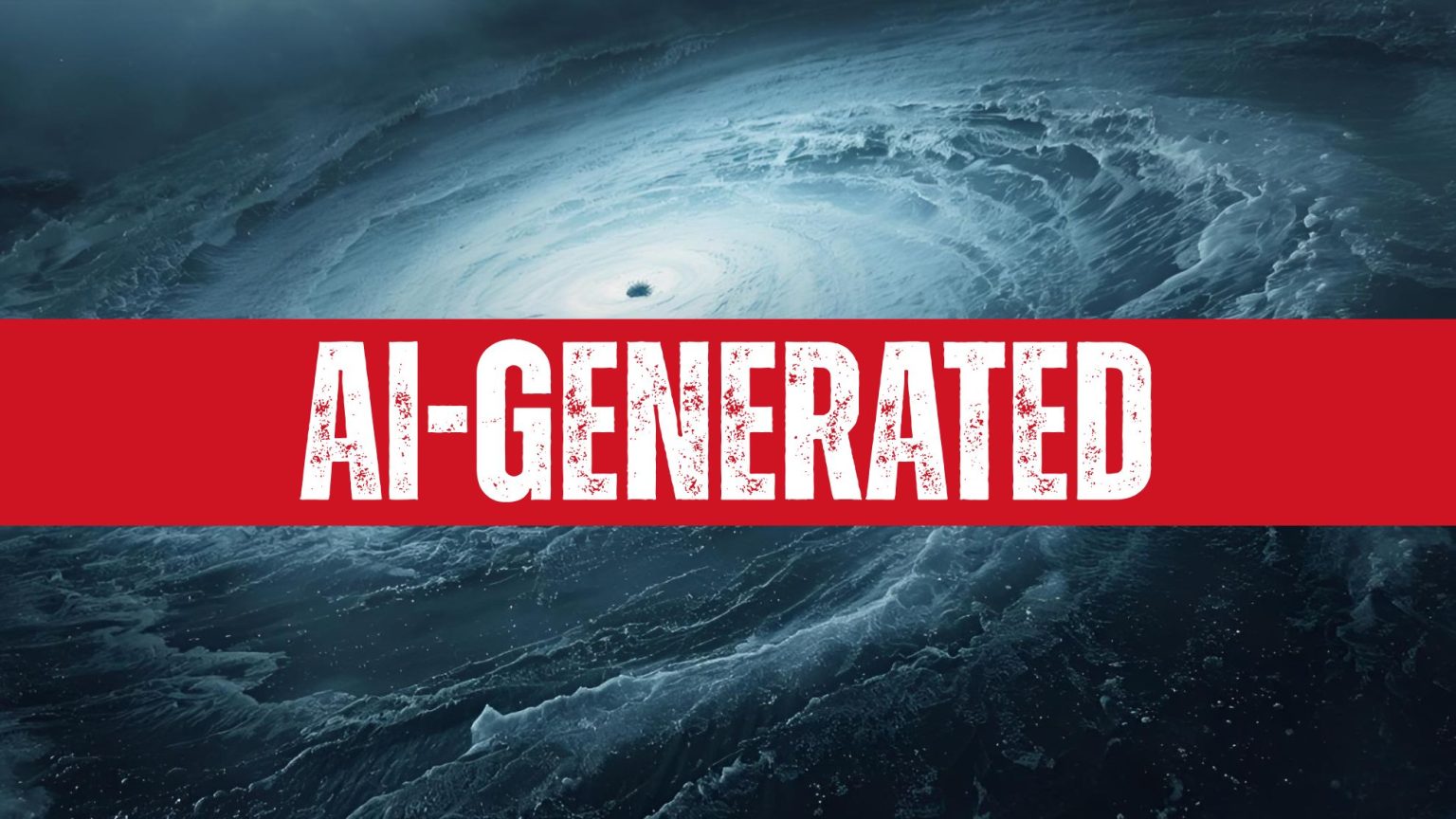Listen to the article
AI-Generated Hurricane Footage Spreads Misinformation as Category 5 Melissa Approaches Jamaica
As Category 5 Hurricane Melissa bears down on Jamaica with the threat of devastating rainfall and powerful winds, a new danger has emerged online: artificial intelligence-generated storm footage flooding social media platforms and undermining critical emergency communications.
The proliferation of fake hurricane videos—many clearly watermarked with the Sora logo from OpenAI’s recently launched video generator tool—is creating a hazardous information environment where citizens struggle to distinguish between authentic storm updates and AI fabrications.
TikTok has already removed at least two dozen fraudulent videos showing fictional floods, destruction, and violent winds that contradict verified on-the-ground reporting. The platform’s moderation teams are working to identify and flag content that could mislead the public during this critical weather emergency.
“During natural disasters, reliable information can literally save lives,” said meteorologist Dr. James Reynolds, who specializes in tropical storm systems. “When people can’t trust what they’re seeing online, they may make dangerous decisions or ignore official evacuation orders.”
Some of the most problematic AI-generated content shows individuals swimming and playing in flooded streets as the hurricane approaches, potentially minimizing the serious threat posed by the storm. Such misleading representations could encourage high-risk behaviors among vulnerable populations in the storm’s path.
Social media platforms have implemented various countermeasures, with many videos now marked with community notes or labels identifying them as AI-generated. However, these safeguards haven’t prevented widespread sharing of convincing fakes.
One particularly troubling example is an AI-generated aerial view purportedly showing Hurricane Melissa that has been shared thousands of times, with some users deliberately presenting it as authentic footage. The convincing nature of these fakes has created a climate of skepticism where even legitimate footage from trusted sources like the U.S. Air Force “Hurricane Hunters” faces unwarranted scrutiny.
The issue highlights growing concerns about AI’s potential to disrupt disaster response and public safety communications. OpenAI’s Sora video generator, which launched on September 30th, has dramatically lowered the technical barriers for creating realistic-looking disaster footage.
Emergency management officials in Jamaica and neighboring countries have issued urgent pleas for residents to rely exclusively on official government channels, meteorological services, and established news outlets for storm information.
“We’re fighting two storms now—Hurricane Melissa and a storm of misinformation,” said Carlos Martinez, regional coordinator for the Caribbean Disaster Emergency Management Agency. “People need to verify sources before sharing content and prioritize information from official emergency channels.”
The phenomenon represents one of the first major tests of disaster communication in the age of widely available AI video generation. Media literacy experts warn that the problem may worsen as AI technology becomes more sophisticated and widespread.
Weather forecasters emphasize that Hurricane Melissa poses genuine, life-threatening risks to Jamaica and potentially other Caribbean nations. The Category 5 hurricane is expected to bring catastrophic winds, storm surge, and flooding to coastal communities.
As the situation develops, social media companies are facing mounting pressure to improve their detection and labeling of AI-generated disaster content. Meanwhile, meteorological agencies throughout the region continue to provide hourly updates based on satellite data, aircraft reconnaissance, and ground observations—the kind of verified information crucial for public safety during extreme weather events.
Officials are strongly urging the public to get news updates from verified sources only as the hurricane approaches.
Verify This Yourself
Use these professional tools to fact-check and investigate claims independently
Reverse Image Search
Check if this image has been used elsewhere or in different contexts
Ask Our AI About This Claim
Get instant answers with web-powered AI analysis
Related Fact-Checks
See what other fact-checkers have said about similar claims
Want More Verification Tools?
Access our full suite of professional disinformation monitoring and investigation tools




12 Comments
The use of AI to create fake hurricane footage is a worrying development that could put lives at risk. It’s crucial that social media users rely on verified information from trusted sources during emergencies like this.
The proliferation of AI-generated hurricane footage is a dangerous development that can undermine critical emergency communications. Maintaining trust in official weather updates is essential for public safety during natural disasters.
This is a concerning trend that highlights the need for robust content moderation and public education around the potential for AI-generated misinformation, especially in high-stakes situations like natural disasters.
Absolutely. AI technology is advancing rapidly, and we must be vigilant to ensure it is not exploited to spread harmful falsehoods.
This is a troubling example of how AI can be misused to spread misinformation. During natural disasters, reliable information is critical for public safety. Social media platforms must be proactive in identifying and removing this kind of content.
I agree. The stakes are too high to allow the spread of AI-generated falsehoods during emergency situations.
This is a sobering example of how AI can be misused to create false narratives. It’s crucial that social media platforms and the public remain vigilant in identifying and combating the spread of this kind of misinformation.
You’re right. Fact-checking and relying on official sources is the best way to stay informed during an emergency like this.
This is a concerning development. Spreading misinformation during a natural disaster can have severe consequences and put lives at risk. It’s crucial that people rely on official weather sources and verified information rather than AI-generated content.
Absolutely. Social media platforms must be vigilant in removing this kind of misleading content to ensure public safety.
The use of AI to generate fake hurricane footage is a worrying trend. While the technology can be powerful, it shouldn’t be exploited to spread disinformation during emergencies. Proper fact-checking and source verification are essential.
I agree. AI-generated content can be very convincing, so we must be extra cautious about verifying the authenticity of information, especially when it comes to critical situations like natural disasters.